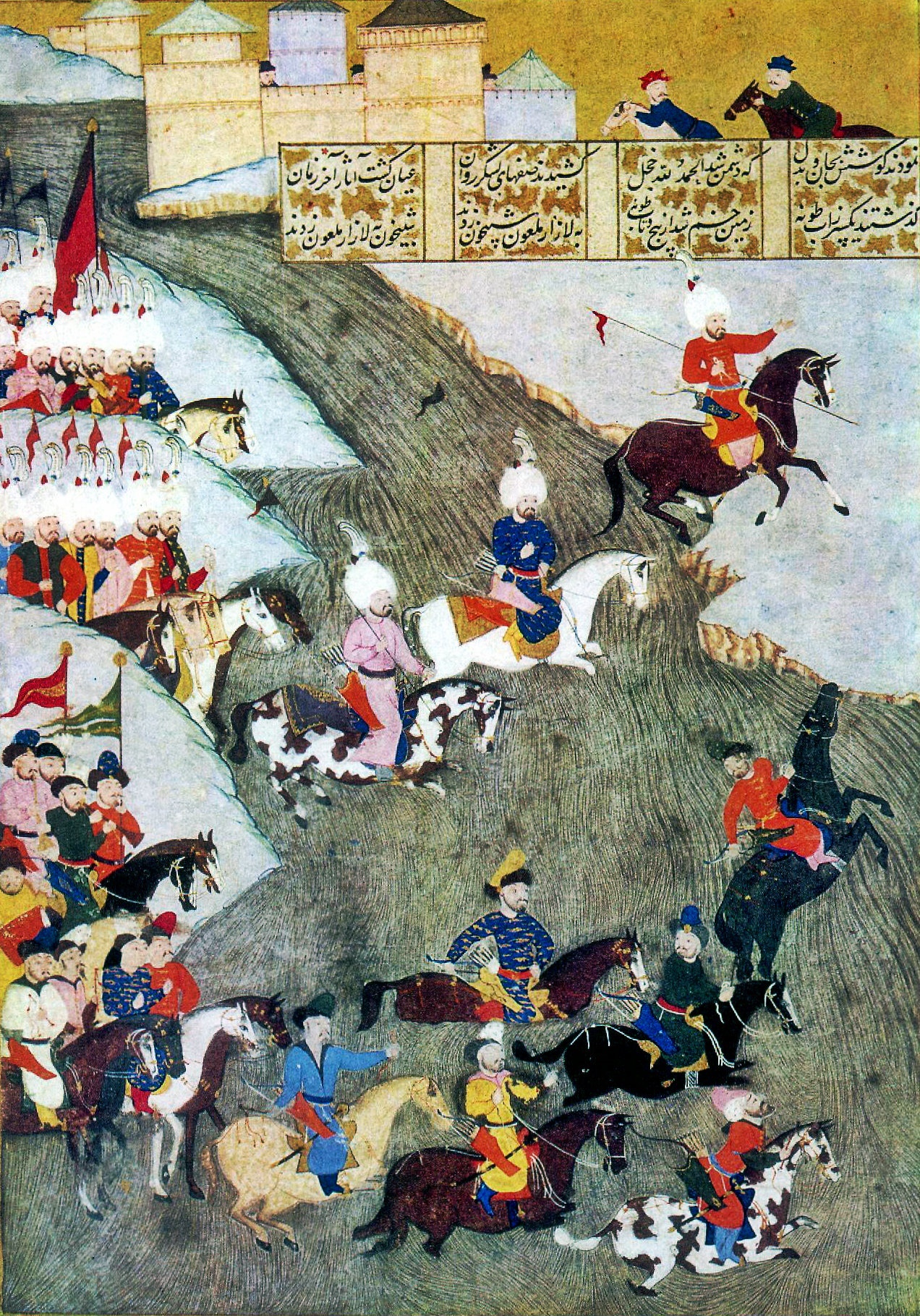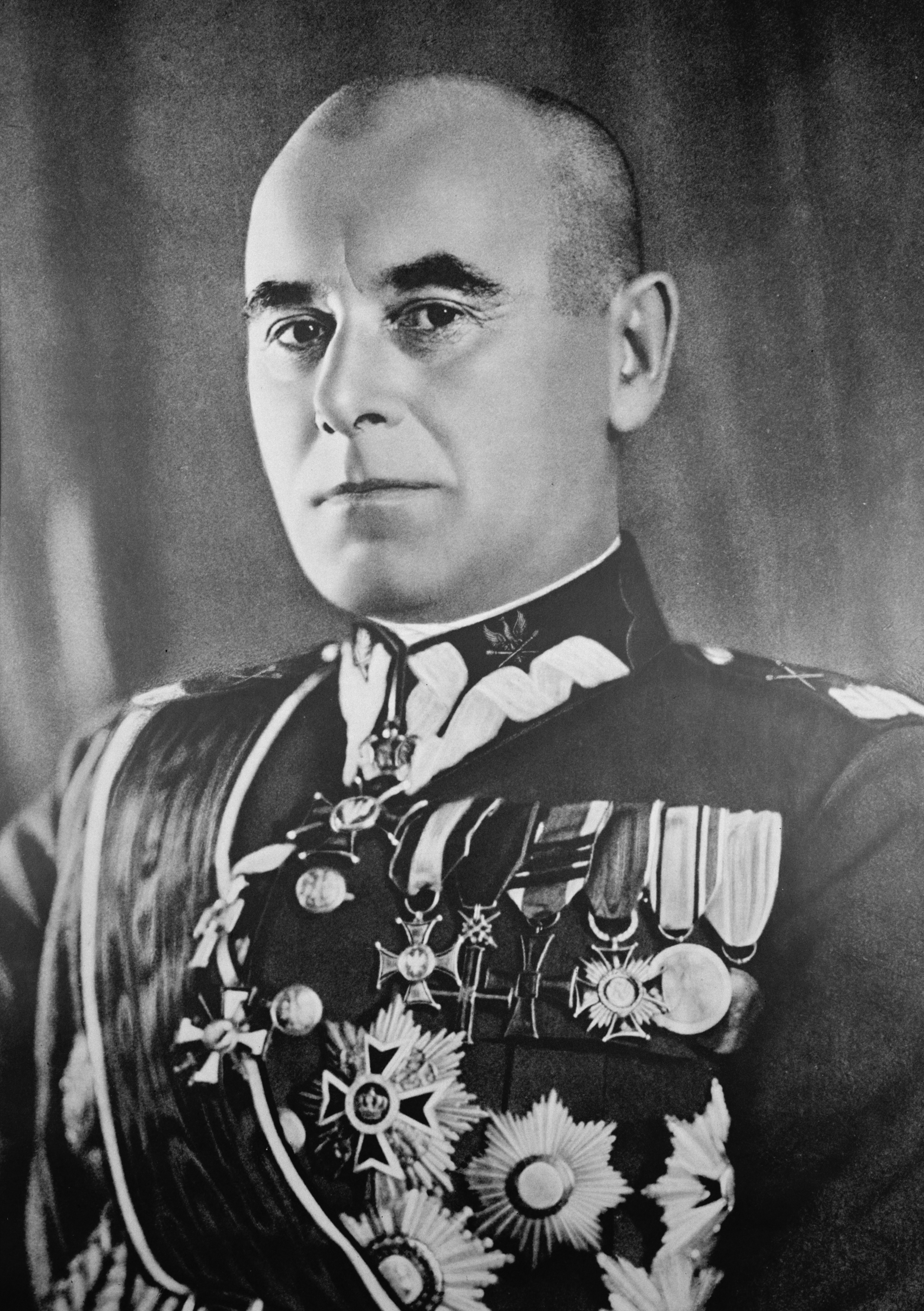|
13th Regiment Of Wilno Uhlans
The 13th Wilno Uhlan Regiment ( pl, 13 Pułk Ułanów Wileńskich) was a unit of the Polish army during the interwar period and the Polish Defence War of 1939. Origins The ancestral units to the regiment were created mainly as means of defending the Polish interest and the interest of the ethnic Poles living in Kresy at the end of World War I. Russians, Poles, Ukrainians, Lithuanians, Belarusians, and even Anarchists competed for the sovereignty over the area. Formation The 13th Regiment was formed out of the cavalry units of the Lithuanian and Belarusian Self-Defence on December 27, 1918, on the estate of a Mr. Pośpieszek. On December 28, the regiment was moved to the garrison at Vilnius and was stationed in the barracks in the Antokol district. , ''nom-de-guerre'' Dąb''', lit. 'Oak', was the regiment's first commander. The regiment was the first in newly independent Poland, and was originally called the 1st Regiment of Wilno Uhlans. It became officially part of the Polish A ... [...More Info...] [...Related Items...] OR: [Wikipedia] [Google] [Baidu] |
Polish Army
The Land Forces () are the land forces of the Polish Armed Forces. They currently contain some 62,000 active personnel and form many components of the European Union and NATO deployments around the world. Poland's recorded military history stretches back a millennium – since the 10th century (see List of Polish wars and History of the Polish Army). Poland's modern army was formed after Poland regained independence following World War I in 1918. History 1918–1938 When Poland regained independence in 1918, it recreated its military which participated in the Polish–Soviet War of 1919–1921, and in the two smaller conflicts ( Polish–Ukrainian War (1918–1919) and the Polish–Lithuanian War (1920)). Initially, right after the First World War, Poland had five military districts (1918–1921): * Poznań Military District (Poznański Okręg Wojskowy), HQ in Poznań * Kraków Military District (Krakowski Okręg Wojskowy), HQ in Kraków * Łódź Military District (Łódz ... [...More Info...] [...Related Items...] OR: [Wikipedia] [Google] [Baidu] |
Uhlan
Uhlans (; ; ; ; ) were a type of light cavalry, primarily armed with a lance. While first appearing in the cavalry of Lithuania and then Poland, Uhlans were quickly adopted by the mounted forces of other countries, including France, Russia, Prussia, Saxony and Austria-Hungary. Uhlans traditionally wore a double-breasted short-tailed jacket with a coloured 'plastron' panel at the front, a coloured sash, and a square-topped Polish lancer cap (, also called ). This cap or cavalry helmet was derived from a traditional design of Polish cap, formalised and stylised for military use. Their lances were traditionally topped with a small, swallow-tailed flag ('' pennon'') just below the spearhead. Etymology There are several suggested etymologies for the word uhlan. In the Turkic languages, ''oğlan'' means ''young man'' or ''boy''. It is probable that this entered Polish via Tatar or Turkish and was styled as ''ułan''. The Polish spelling was then adopted by German, French and oth ... [...More Info...] [...Related Items...] OR: [Wikipedia] [Google] [Baidu] |
Hlybokaye
Hlybokaye or Glubokoye ( be, Глыбокае, translit=Hłybokaje, russian: Глубокое, translit=Glubokoye, pl, Głębokie, lt, Glubokas, yi, גלובאָק, Glubok) is a town in Vitebsk Region, Belarus, the capital of Hlybokaye Raion ( be, Глыбоцкі раён). The city is located on the international road from Polotsk to Vilnius with the historic railway line to Woropajewo (Варапаева) completed in 1932 in the interwar Poland (the town was incorporated in 1940 by the Soviet Union after the 1939 invasion of Poland). It has 18,200 inhabitants as of 2010.''This article incorporates general information translated from the corresponding article in Polish Wikipedia.'' Within the city limits there are two smaller lakes: Kahalnaye (Кагальнае) and Grand (Вялікае) from which the Birchwood river originates (Бярозаўка, Brzozówka in Polish). The first written records about the settlement date back to 1514. During World War II in occupied Pola ... [...More Info...] [...Related Items...] OR: [Wikipedia] [Google] [Baidu] |
Lithuania
Lithuania (; lt, Lietuva ), officially the Republic of Lithuania ( lt, Lietuvos Respublika, links=no ), is a country in the Baltic region of Europe. It is one of three Baltic states and lies on the eastern shore of the Baltic Sea. Lithuania shares land borders with Latvia to the north, Belarus to the east and south, Poland to the south, and Russia to the southwest. It has a Maritime boundary, maritime border with Sweden to the west on the Baltic Sea. Lithuania covers an area of , with a population of 2.8 million. Its capital and largest city is Vilnius; other major cities are Kaunas and Klaipėda. Lithuanians belong to the ethno-linguistic group of the Balts and speak Lithuanian language, Lithuanian, one of only a few living Baltic languages. For millennia the southeastern shores of the Baltic Sea were inhabited by various Balts, Baltic tribes. In the 1230s, Lithuanian lands were united by Mindaugas, Monarchy of Lithuania, becoming king and founding the Kingdom of Lithuania ... [...More Info...] [...Related Items...] OR: [Wikipedia] [Google] [Baidu] |
Tatar
The Tatars ()Tatar in the Collins English Dictionary is an umbrella term for different Turkic ethnic groups bearing the name "Tatar". Initially, the ethnonym ''Tatar'' possibly referred to the . That confederation was eventually incorporated into the when unified the various steppe tr ... [...More Info...] [...Related Items...] OR: [Wikipedia] [Google] [Baidu] |
Grand Duchy Of Lithuania
The Grand Duchy of Lithuania was a European state that existed from the 13th century to 1795, when the territory was partitioned among the Russian Empire, the Kingdom of Prussia, and the Habsburg Empire of Austria. The state was founded by Lithuanians, who were at the time a polytheistic nation born from several united Baltic tribes from Aukštaitija. The Grand Duchy expanded to include large portions of the former Kievan Rus' and other neighbouring states, including what is now Lithuania, Belarus and parts of Ukraine, Latvia, Poland, Russia and Moldova. At its greatest extent, in the 15th century, it was the largest state in Europe. It was a multi-ethnic and multiconfessional state, with great diversity in languages, religion, and cultural heritage. The consolidation of the Lithuanian lands began in the late 13th century. Mindaugas, the first ruler of the Grand Duchy, was crowned as Catholic King of Lithuania in 1253. The pagan state was targeted in a religious crusade by ... [...More Info...] [...Related Items...] OR: [Wikipedia] [Google] [Baidu] |
Tatar Uhlan Regiment
The Tatars ()Tatar in the Collins English Dictionary is an umbrella term for different Turkic ethnic groups bearing the name "Tatar". Initially, the ethnonym ''Tatar'' possibly referred to the . That confederation was eventually incorporated into the when unified the various s ... [...More Info...] [...Related Items...] OR: [Wikipedia] [Google] [Baidu] |
Kiev
Kyiv, also spelled Kiev, is the capital and most populous city of Ukraine. It is in north-central Ukraine along the Dnieper, Dnieper River. As of 1 January 2021, its population was 2,962,180, making Kyiv the List of European cities by population within city limits, seventh-most populous city in Europe. Kyiv is an important industrial, scientific, educational, and cultural center in Eastern Europe. It is home to many High tech, high-tech industries, higher education institutions, and historical landmarks. The city has an extensive system of Transport in Kyiv, public transport and infrastructure, including the Kyiv Metro. The city's name is said to derive from the name of Kyi, one of its four legendary founders. During History of Kyiv, its history, Kyiv, one of the oldest cities in Eastern Europe, passed through several stages of prominence and obscurity. The city probably existed as a commercial center as early as the 5th century. A Slavs, Slavic settlement on the great trade ... [...More Info...] [...Related Items...] OR: [Wikipedia] [Google] [Baidu] |
Ukraine
Ukraine ( uk, Україна, Ukraïna, ) is a country in Eastern Europe. It is the second-largest European country after Russia, which it borders to the east and northeast. Ukraine covers approximately . Prior to the ongoing Russian invasion, it was the eighth-most populous country in Europe, with a population of around 41 million people. It is also bordered by Belarus to the north; by Poland, Slovakia, and Hungary to the west; and by Romania and Moldova to the southwest; with a coastline along the Black Sea and the Sea of Azov to the south and southeast. Kyiv is the nation's capital and largest city. Ukraine's state language is Ukrainian; Russian is also widely spoken, especially in the east and south. During the Middle Ages, Ukraine was the site of early Slavic expansion and the area later became a key centre of East Slavic culture under the state of Kievan Rus', which emerged in the 9th century. The state eventually disintegrated into rival regional po ... [...More Info...] [...Related Items...] OR: [Wikipedia] [Google] [Baidu] |
Edward Rydz-Śmigły
Marshal Edward Rydz-Śmigły (11 March 1886 – 2 December 1941; nom de guerre ''Śmigły, Tarłowski, Adam Zawisza''), also called Edward Śmigły-Rydz, was a Polish politician, statesman, Marshal of Poland and Commander-in-Chief of Poland's armed forces, as well as a painter and poet. During the interwar period, he was an exceptionally admired public figure in Poland and was regarded as a hero for his exemplary record as an army commander in the Polish Legions of World War I and the ensuing Polish–Soviet War in 1920. He was appointed Commander-in-Chief and Inspector General of the Polish Armed Forces following Marshal Józef Piłsudski's death in 1935. Rydz served in this capacity at the start of World War II during the invasion of Poland. When war loomed, political differences fell away and defense became the national priority. Consequently, Rydz's stature eclipsed even that of the president. The shock of the Polish defeat made objective evaluations of his legacy duri ... [...More Info...] [...Related Items...] OR: [Wikipedia] [Google] [Baidu] |
Lucjan Żeligowski
Lucjan Żeligowski (; 17 October 1865 – 9 July 1947) was a Polish-Lithuanian general, politician, military commander and veteran of World War I, the Polish-Soviet War and World War II. He is mostly remembered for his role in Żeligowski's Mutiny and as head of a short-lived Republic of Central Lithuania. Biography Lucjan Żeligowski was born on 17 October 1865 in Oszmiana, in the Russian Empire (modern Ashmiany in Belarus) to Polish parents Gustaw Żeligowski and Władysława Żeligowska née Traczewska. Before the Partitions of Poland in the late 18th century the town was part of the Polish–Lithuanian Commonwealth. After graduating from military officers' school located in Riga (1885), Żeligowski joined the Imperial Russian Army, where he served at various staff and command posts. He then married Tatiana Pietrova and had two children. Żeligowski fought in the Russo-Japanese War of 1904-1905. During the First World War he served as a lieutenant colonel and commanding o ... [...More Info...] [...Related Items...] OR: [Wikipedia] [Google] [Baidu] |




.jpg)
